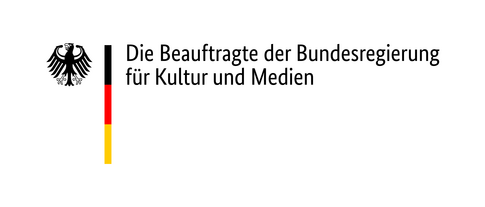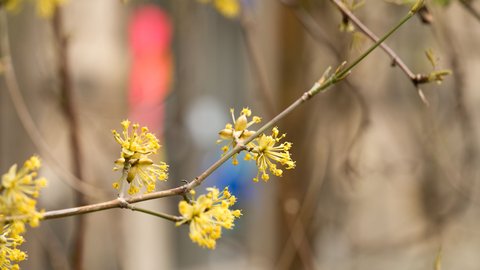
Der Nektar der Kornellkirschenblüte (Cornus mas) ist im Februar das erste gefundene Fressen für (Wild-)Bienen und andere Insekten.
© Staatliche Kunstsammlungen Dresden, Foto: Jacob Franke
The garden in the inner courtyard of the Japanisches Palais was created in 2019 under the title “Edible Museum”. The focus was on displaying a large number of plants that not only make a garden look good but can also be used by us human beings. Over the last few years, the plants have grown considerably and spread out. Some have been crowded out, others have self-seeded. Every year, annually flowering herbs and medicinal plants are replanted. Put simply, the garden is a process; it is still growing thicker and developing. One thing that stands out is the presence of many common plants that are thought of as weeds, such as nettles, teasels, sorrel, ground ivy, dandelions and ribwort plantain. In the winter, when the plants have finished flowering, some creatures nest in the debris, making the garden look wild in places. While some visitors are bothered by the wild garden, others love it all the more, especially those who know what the plants mean for people and animals.

Das Insektenhotel im Japanischen Palais ist gut besiedelt. Ab Februar erwachen die ersten Wildbienen und man kann ihr emsiges Treiben gut beobachten.
© Staatliche Kunstsammlungen Dresden, Foto: Jacob Franke
The aim is to give the garden a level of variety that attracts all kinds of animals – insects, worms and other soil organisms, beetles, butterflies and birds – and to raise awareness of that diversity among visitors. Some of the animals have already fondly been given names by the museum staff. However, the variety of the animals settling in the garden is not desirable from every point of view. Dr Michael Mäder, who is responsible for art conservation at the SKD, offered some interesting insights into the ways in which having a varied garden in the museum intersects with protecting the art against pests. In the 20th century, hand in hand with a growing chemicals industry, toxic insecticides began to be used not just in conventional agriculture but also in art conservation, e.g. to protect wood. Ultimately, this proved to put not just the pests at risk but also human health.
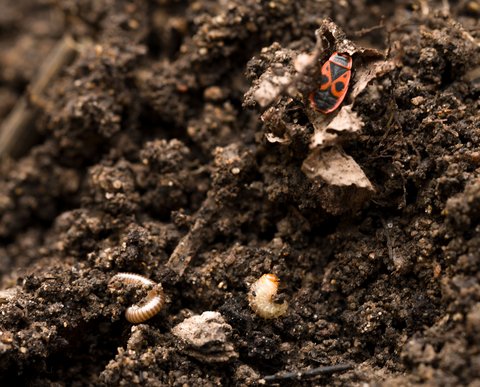
Die Feuerwanze krabbelt aus dem Winterversteck. Sie ernährt sich u.a. von toten Insekten, Schnecken- und Insekteneiern und zählt somit zu den Nützlingen im Garten. An lebenden Pflanzen richtet sie keinen Schaden an. Auch sonst überwintern viele Würmer und Larven in der geschützten Gartenerde.
© Staatliche Kunstsammlungen Dresden, Foto: Jacob Franke
Today, to avoid any danger to visitors and staff, conservation efforts focus on preventive management and trying to stop pests from getting in at all. After all, explained Michael Mäder, “every insect or rodent that is kept out is a risk that has been eliminated and no longer requires elaborate pest control measures”. A logical, sustainable idea.

In der Armbeuge einer der Hermen im Japanischen Palais brütet das Ringeltaubenpaar.
© Staatliche Kunstsammlungen Dresden, Foto: Jacob Franke
Usually, care is taken inside a museum to ensure that any possible food sources are cleared up and climatic conditions that could encourage an infestation are regulated. Outdoors, potential nesting places are prevented from developing and removed if they do occur. But what does that look like in the Japanisches Palais, a historically significant, listed building that is in need of renovation and does not meet all the usual climatic requirements expected of a museum?
The aim of the Japanisches Palais is to open its doors to the public, inviting them to play an active role and jointly settle the issues of the future relating to art and culture. The garden is an important component of that approach, and one that is now considered indispensable. It is open to all, with drop-in workshops, a café that feels like a project headquarters and a worm composter bin that brings the cycles of nature to life. With that in mind, it makes sense to try out a model for the museum of the future here, highlighting the conflicts between diversity in the Palais garden and the need to preventively protect the art in the exhibition rooms, and exploring new ways of dealing with those conflicts.

Für eine erfolgreiche Nahrungssuche verschafft sich die Ringeltaube einen Überblick.
© Staatliche Kunstsammlungen Dresden, Foto: Jacob Franke
Unlike the rooms on the ground floor, those on the upper floor of the Japanisches Palais can be effectively climate-controlled. That is important, as they contain exhibits such as the historical Damascus Room, a richly decorated set of wooden wall and ceiling panelling from a residential building in Damascus, dating back 200 years. An infestation of pests, e.g. wood-eating insects, could cause a great deal of damage here.

Schädlingsfalle
© Staatliche Kunstsammlungen Dresden, Foto: Jacob Franke
Not every little creature that finds its way into the museum poses a threat to the art. One striking aspect is that whether we describe a non-human being as a pest or as ecologically beneficial depends on our perspective and the context. Awareness on this topic can be improved by education. It would, for example, be recommendable to know about all of the non-human participants involved and their needs: What animals can cause irreversible damage? What conditions do they need in order to develop at each stage in their lives? What animals stain the art, e.g. with their secretions? What animals need to be watched out for as they are a food source for other, undesirable creatures? What animals do not actually cause damage but are not well tolerated by visitors? What can be done, and needs to be done, in reaction to this in the garden? What steps need to be kept up or introduced in what museum rooms?
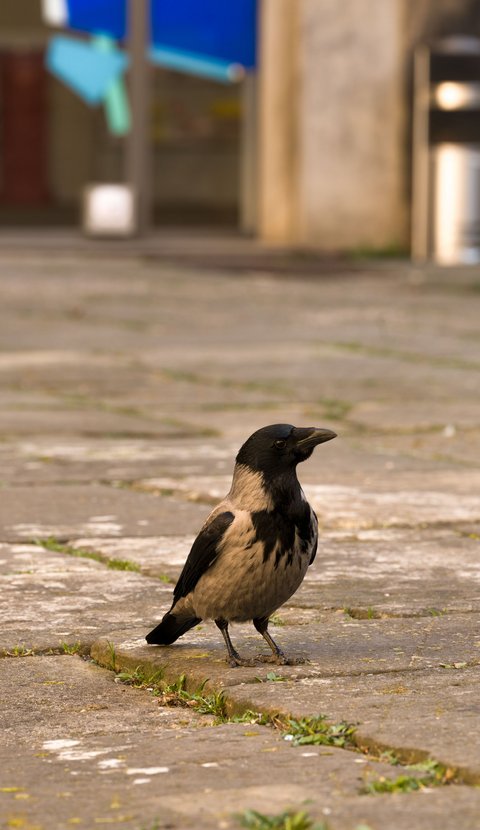
Das kulturliebende Nebelkrähenpaar Ute und Katja (Namen geändert) sind die treuesten Gäste im Garten.
© Staatliche Kunstsammlungen Dresden, Foto: Jacob Franke
After our discussion with Michael Mäder, we all agreed that education schemes for museum visitors and staff are helpful and logical in that respect, and have the potential to come up with new insights and methods for dealing with these possible conflicts in a project such as the Japanisches Palais. As Dr Mäder explained, the Japanisches Palais has already accumulated a wealth of expertise on the topic in association with the Senckenberg Natural History Collections.
Also of interest:
If you happened to sit under the hop-draped pergola in the garden of the Japanisches Palais in May or June, you may well have been surprised by how sticky the leaves were. If you looked more closely, you will have spotted hundreds of minute black insects clinging to the plant stems or the undersides of the leaves: aphids.
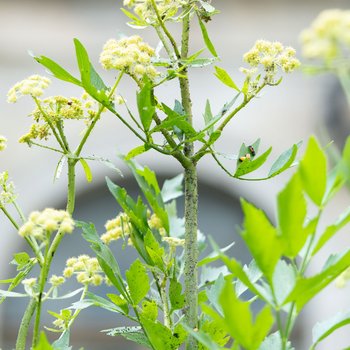
They say that bad weeds grow tall. Where building projects have failed to do so, weeds often grow tall instead, bearing witness to the stranding of earlier ambitions. But how should we deal with such spaces in the city? What should we do with the craters left behind by failed building plans? A collective of creatives in Ljubljana finds answers.
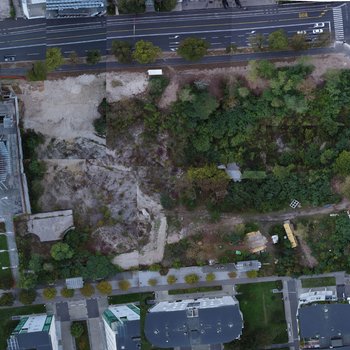
Katharina Mludek took part in this year's Design Campus at the Museum of Decorative Arts, which was all about plant fever. She wrote for us about pleasure and play in the (Pillnitz) garden and about who actually cultivates whom in the garden.

